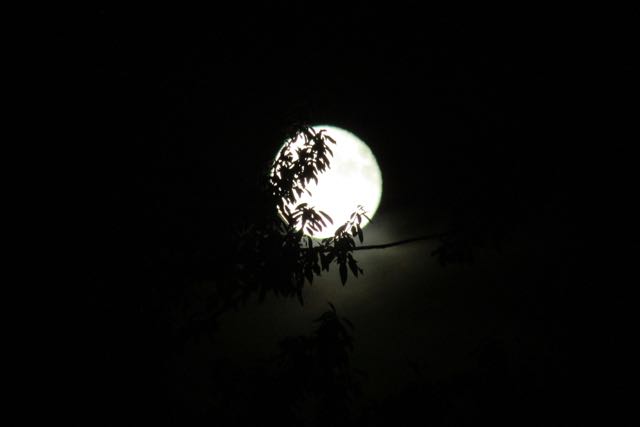
You can probably tell that Barbara Brown Taylor’s book Learning to Walk in the Dark, has really impacted me. I continue to think about what she says and this morning was struck by how much more intimate walking in the dark is. Relying on touch and smell and sound requires a closer more involved posture.
We touch someone as a show of affection, as a way to comfort and sometimes just to get their attention. Sounds seem crisper and clearer in the dark than in the light. Smells are intensified sending us unexpectedly into the joy and pleasure, or the despair and fear of memories past.
Walking in the dark also slows us down because we need to be more careful about where we place our feet. We are afraid to step in a hole or on a rock. We don’t want to stumble and fall down. Each step needs trust – trust in our instincts, trust in the one who made path we tread, and trust even in the benefits of stepping into the unknown.
No wonder Jacques Lusseyran, whom i talked about in yesterday’s post, found that negative emotions like fear and hate destroyed his ability to walk in the dark. No wonder love and joy and gratitude provided light by which he could walk in the the dark without stumbling.
How much struggle and pain do we create for ourselves because we want to get out of the dark. We look for the light at the end of the tunnel rather than looking for the light in the tunnel. In the process we increase our fears and anxieties.
I could not help but think about this as I read this article by Jack Levison about the impact of the shootings at Seattle Pacific University last year. Students and faculty walked through their grief in a healthy way, not allowing themselves to become isolated by fear. A couple of weeks ago they hosted Tent city, a group of Seattle’s homeless population. Jack comments:
What a tragedy it would have been, however, had we left grief behind and bowed to fear. SPU might have done that. SPU might have reconsidered their invitation to Tent City 3 and succumbed to misinformed and misguided questions: Who needs tent-dwellers ruining the grass of our lovely main quad? Who needs to be greeted by honey buckets and tarps and plywood floors squashing the mud of a Seattle winter? Who wants their college kids rubbing shoulders with drunks and drug addicts?
Jack believes that their ability to welcome and embrace this city of tent dwellers was partly because of their response to the shootings last year. They had indeed learned to walk in the dark and be illuminated by this special light.
So my question for all who feel they walk in darkness today is: How are you responding? Are you allowing fear and bitterness to obscure the light, or are you inviting the intimacy of God’s light to shine in the darkness?
My own meditations on this resulted in the following prayer:
Lord, let us learn to walk in the dark,
In the places where light is dim.
And we cannot see,
But must move slowly to not stumble.
Lord, let us learn to walk in the dark,
Attentive to touch and sound and smell.
Let us cherish the intimacy of your inner voice,
The gentle love of your presence,
Lord, let us learn to walk in the dark,
Where each step needs trust,
And it takes faith to move.
Behind us, before us, around us, inside us,
Let us learn to see the inner glow of your light.
